Illegal poaching has been a persistent threat to wildlife for decades, and big cats are among the most affected species. These majestic creatures, often regarded as the kings and queens of the animal kingdom, are facing significant population declines. This article delves into the various ways illegal poaching is impacting big cat populations, providing a comprehensive overview for cat enthusiasts and conservationists alike.
The Allure of Big Cats
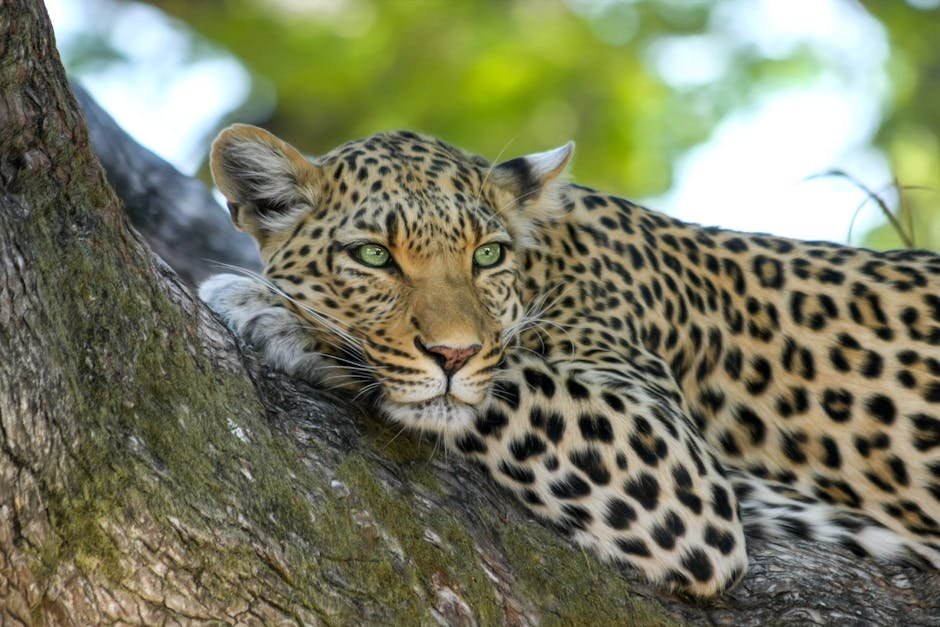
Big cats, including lions, tigers, leopards, and cheetahs, have long captivated human imagination with their grace, power, and beauty. They are symbols of strength and freedom, often featured in myths and legends. However, this allure also makes them targets for illegal poaching. Many people seek their skins, bones, and other body parts, either for personal collection or to sell on the black market. The demand for these products fuels the poaching crisis, putting big cats at risk.
Economic Drivers Behind Poaching
The illegal wildlife trade is a lucrative business, with big cat body parts fetching high prices. Some communities rely on this trade as a source of income, often due to a lack of alternative economic opportunities. Poachers are sometimes driven by poverty, and the promise of financial gain can lead them to exploit these animals. This economic pressure highlights the need for sustainable development initiatives that provide alternative livelihoods and reduce the incentive to poach.
Cultural Beliefs and Traditional Medicine
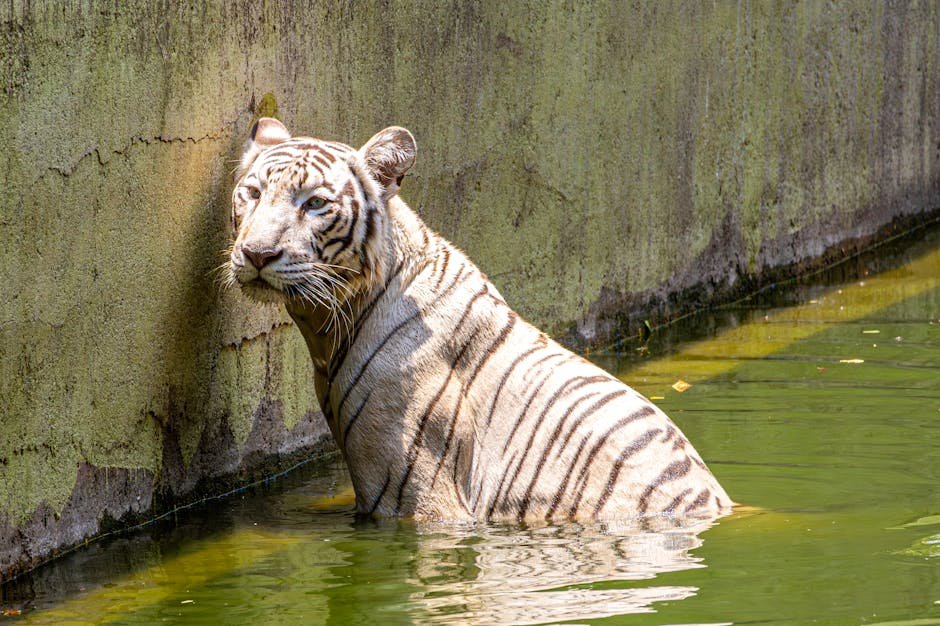
In some cultures, big cat body parts are believed to possess medicinal properties or confer status. For instance, tiger bones are used in traditional medicine, and their skins are seen as symbols of wealth and power. These cultural beliefs contribute to the demand for big cats on the black market. Changing these deeply rooted beliefs is a complex challenge that requires education and awareness campaigns.
Impact on Ecosystems
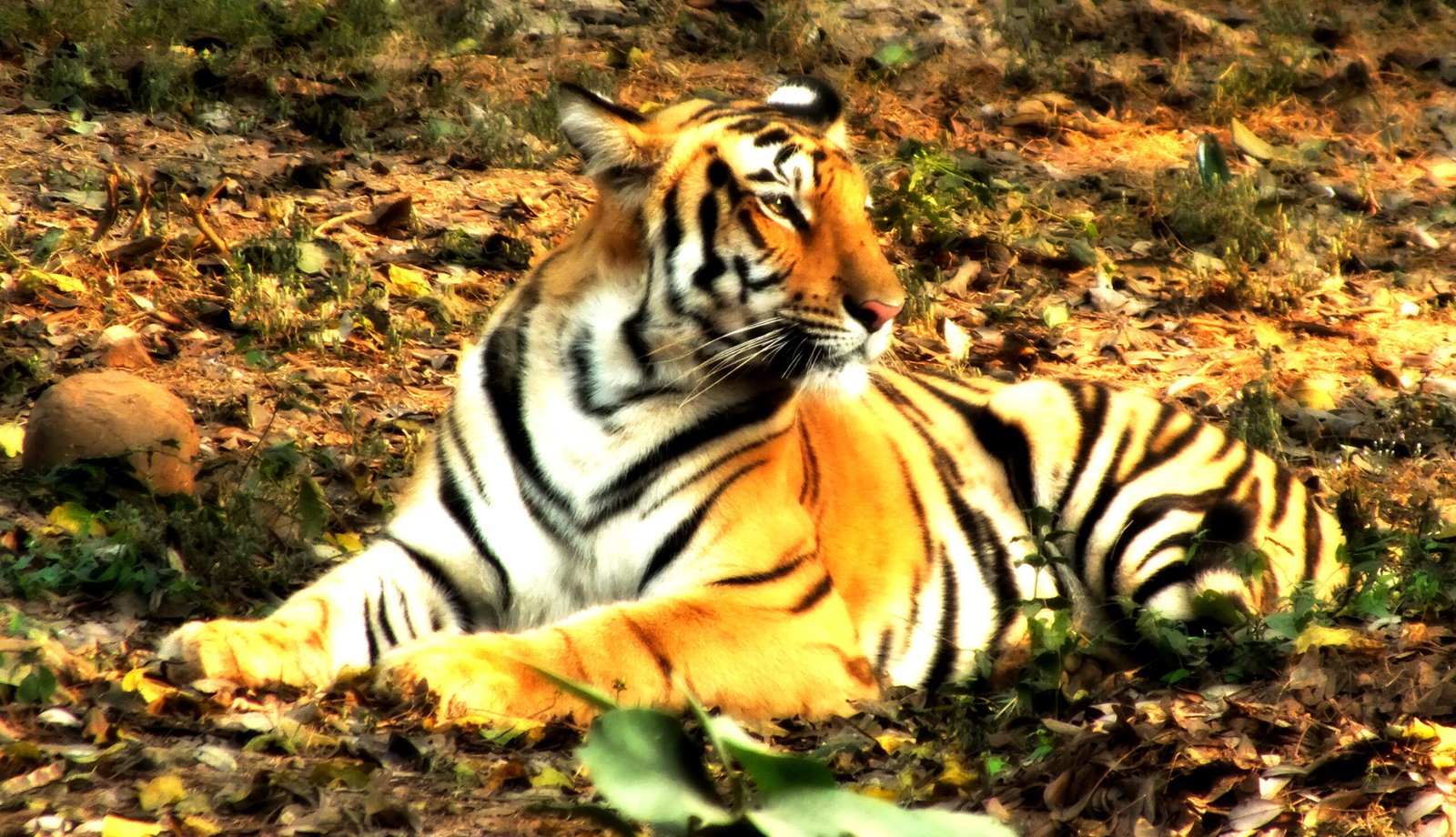
Big cats play a crucial role in maintaining the balance of ecosystems. As apex predators, they help control herbivore populations, ensuring that vegetation is not overgrazed. The decline of big cat populations due to poaching can lead to an imbalance in ecosystems, causing a ripple effect on other species. This can result in habitat degradation and loss of biodiversity, further threatening the survival of big cats.
Conservation Efforts and Their Challenges
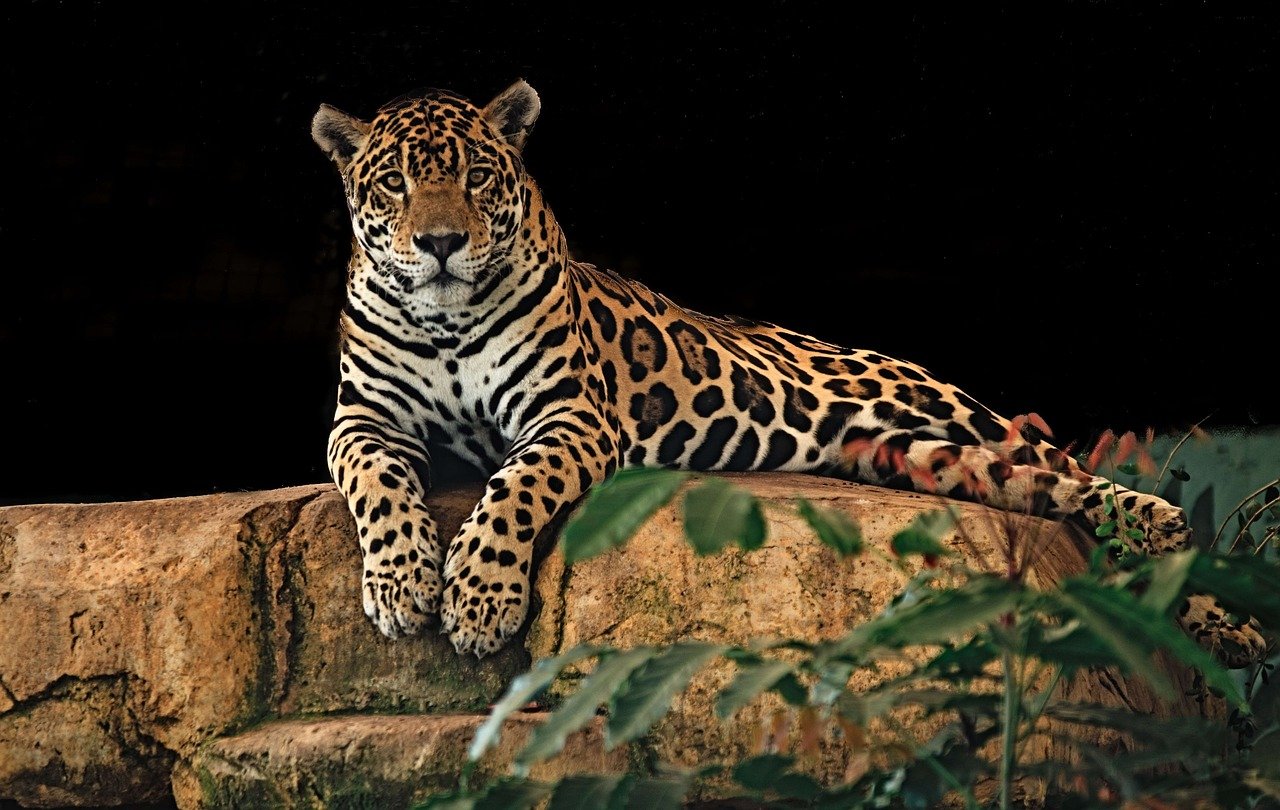
Numerous conservation organizations are working tirelessly to protect big cats from poaching. Anti-poaching patrols, wildlife reserves, and breeding programs are some of the strategies employed. However, these efforts face significant challenges, including limited funding, corruption, and the vast areas that need monitoring. Despite these obstacles, conservationists remain dedicated to ensuring the survival of these magnificent creatures.
The Role of Technology in Combatting Poaching
Advancements in technology are playing a crucial role in the fight against poaching. Drones, camera traps, and satellite tracking are being used to monitor big cat populations and detect illegal activities. These tools provide valuable data that can help authorities respond more effectively to poaching incidents. However, the implementation of such technologies requires significant investment and training.
Community Involvement and Education
Engaging local communities in conservation efforts is vital for the success of anti-poaching initiatives. Educating people about the importance of big cats and the consequences of poaching can foster a sense of stewardship and pride in protecting wildlife. Community-based conservation programs that involve locals in monitoring and protecting big cats can create a more sustainable approach to conservation.
International Laws and Agreements
Several international agreements, such as the Convention on International Trade in Endangered Species (CITES), aim to regulate and restrict the trade of big cat parts. These laws provide a framework for countries to work together to combat poaching and protect endangered species. However, enforcement can be challenging, and cooperation between nations is essential for these laws to be effective.
The Role of Wildlife Sanctuaries
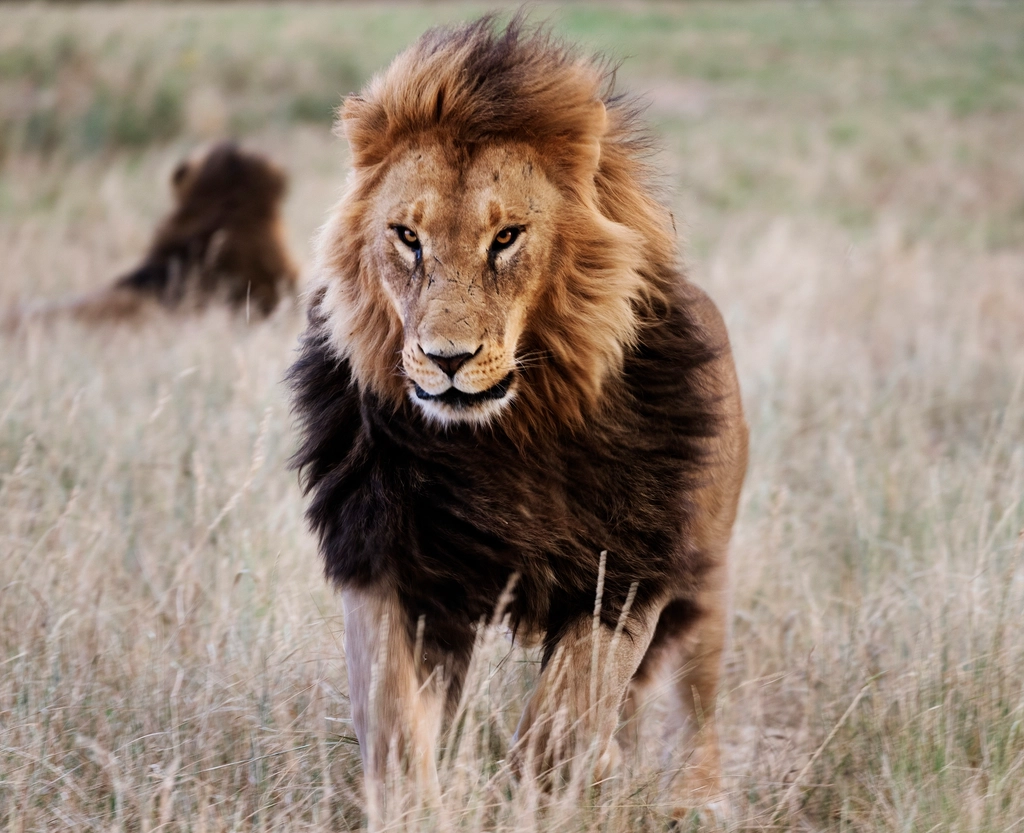
Wildlife sanctuaries provide a safe haven for big cats, offering protection from poachers and a chance for populations to recover. These sanctuaries often serve as important research centers, where scientists can study big cat behavior and ecology. By supporting wildlife sanctuaries, individuals and organizations can contribute to the conservation of these animals and help raise awareness about the threats they face.
Public Awareness and Advocacy
Raising public awareness about the plight of big cats is crucial for driving change. Advocacy campaigns, documentaries, and social media can highlight the issues surrounding poaching and inspire people to take action. By spreading the word and supporting conservation efforts, individuals can play a role in ensuring the survival of big cats for future generations.
The Connection Between Poaching and Climate Change
Climate change is another factor that exacerbates the challenges faced by big cats. Changes in temperature and weather patterns can affect their habitats and prey availability. Poaching adds an additional layer of stress, making it even more difficult for big cats to adapt to these changes. Addressing climate change and poaching together is essential for the long-term survival of these species.
The Importance of Genetic Diversity
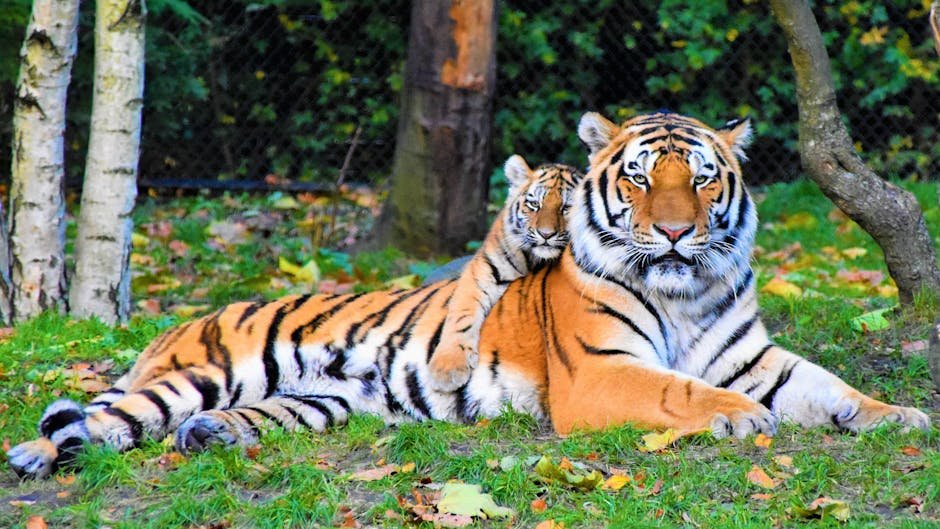
Maintaining genetic diversity is vital for the health and resilience of big cat populations. Poaching reduces genetic diversity by decreasing population sizes and fragmenting habitats. This can lead to inbreeding and a greater susceptibility to disease and environmental changes. Conservation efforts that focus on preserving genetic diversity are crucial for the continued survival of big cats.
The Role of Tourism in Conservation
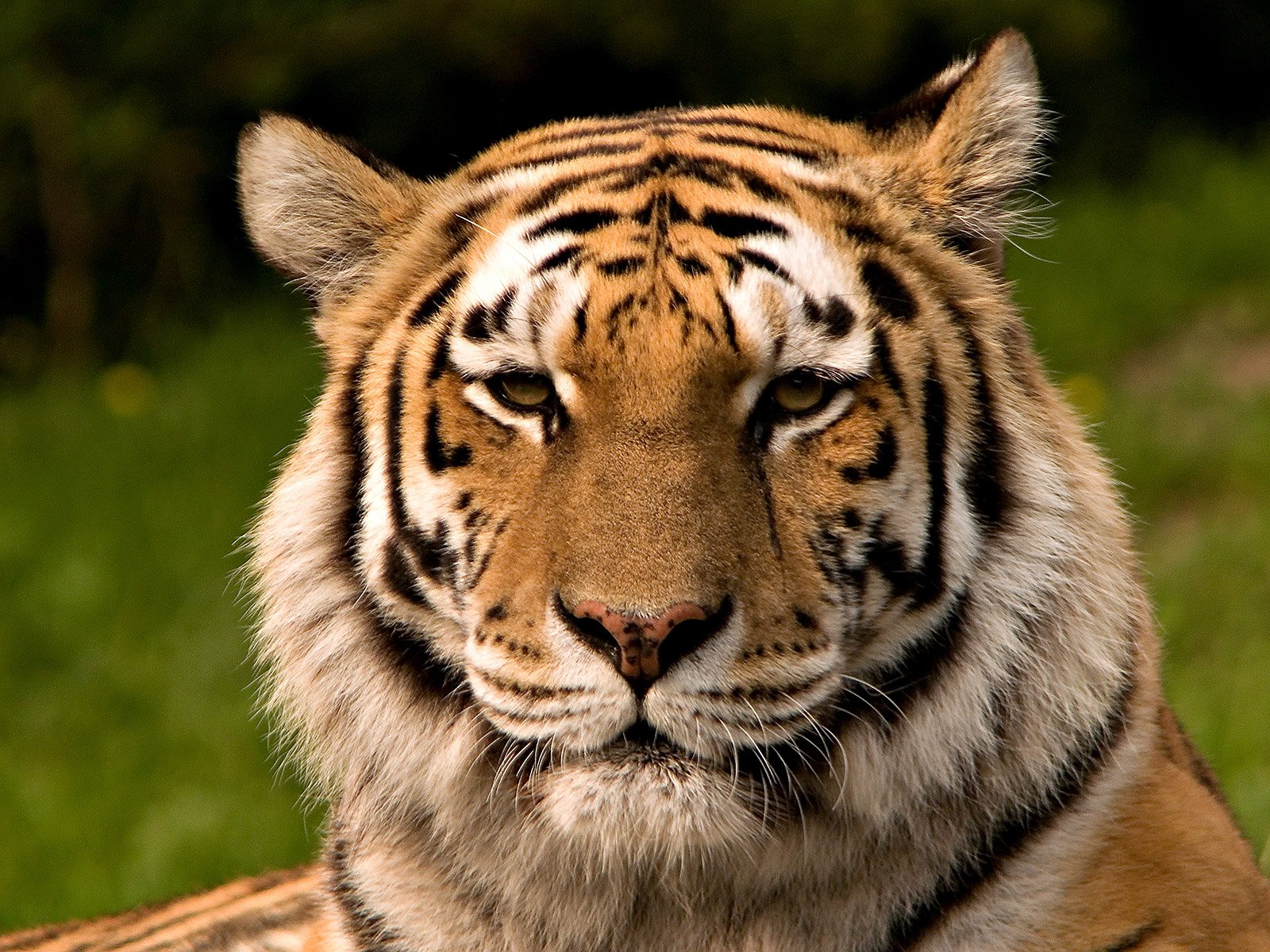
Wildlife tourism can play a significant role in supporting big cat conservation. By visiting national parks and reserves, tourists provide much-needed funding for conservation efforts. Responsible tourism can also raise awareness and inspire people to support initiatives that protect big cats. However, it is important to ensure that tourism is managed sustainably and does not negatively impact the animals or their habitats.
Efforts to Curb Demand
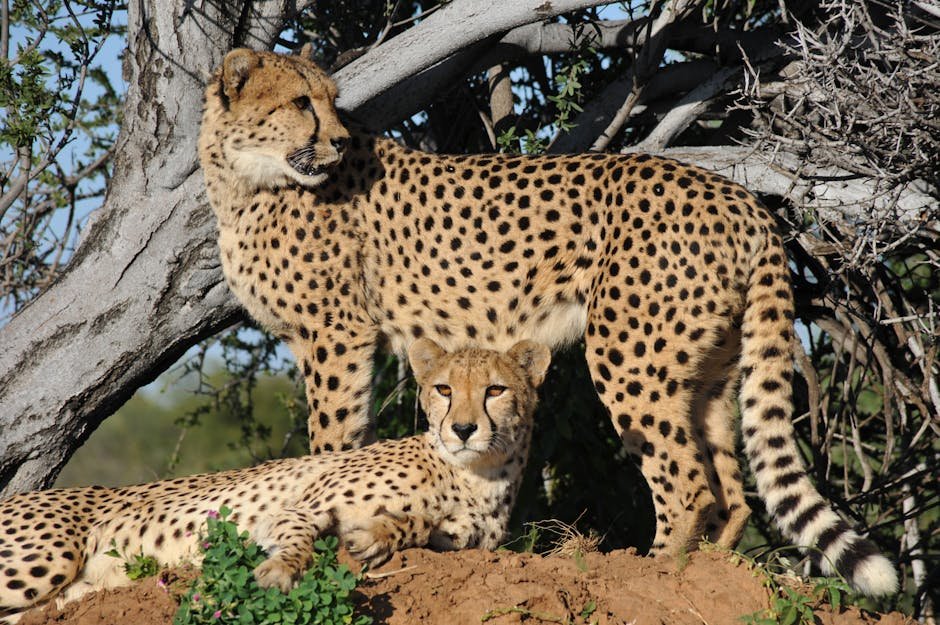
Reducing the demand for big cat products is a critical component of combating poaching. Public awareness campaigns that highlight the cruelty and environmental impact of the illegal wildlife trade can help reduce consumer demand. Encouraging the use of alternative materials and promoting the value of living big cats can also contribute to decreasing the demand for their body parts.
Success Stories in Big Cat Conservation
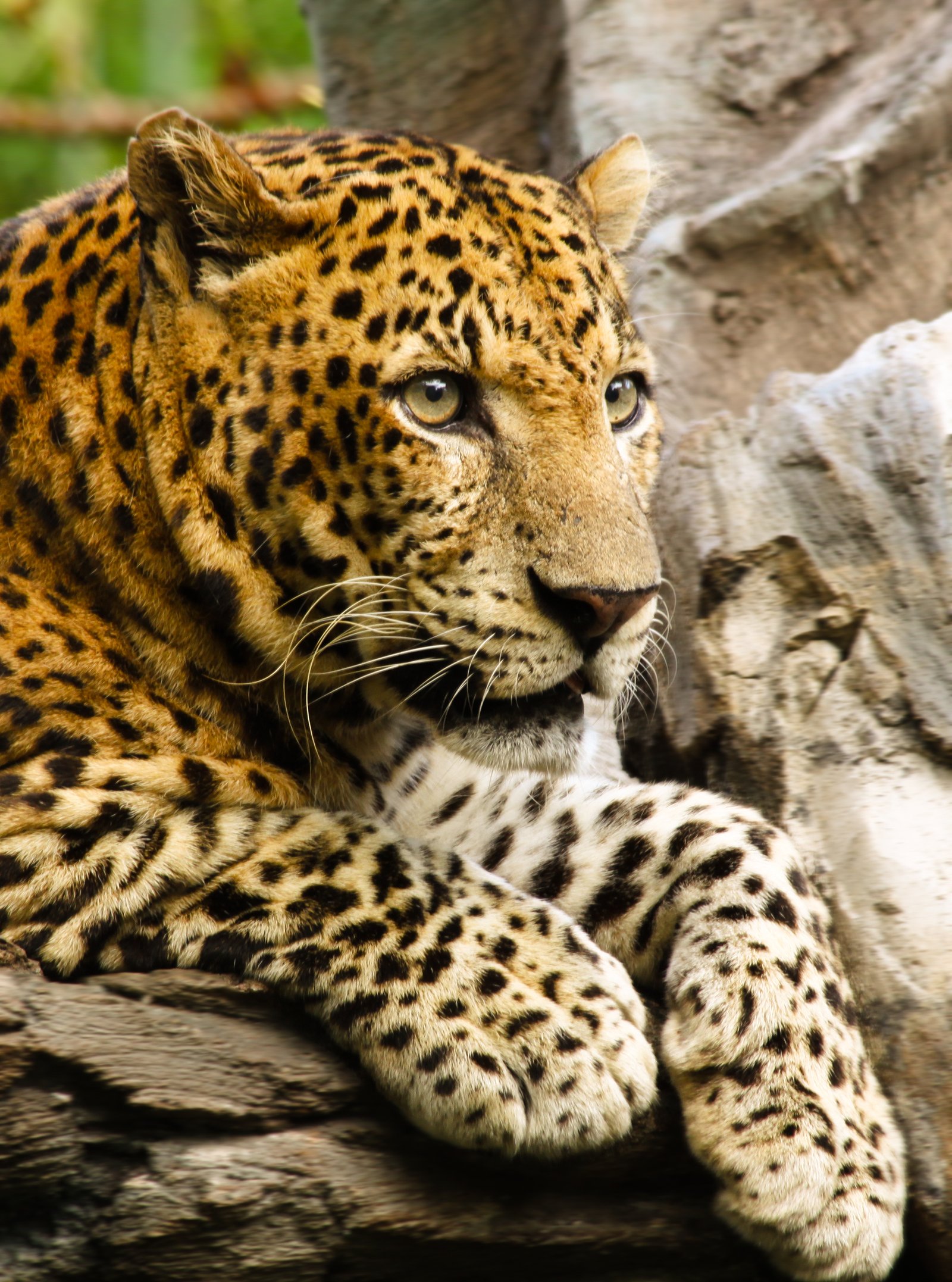
There have been several success stories in big cat conservation, where populations have rebounded due to concerted efforts. For example, the Amur tiger population in Russia has seen growth thanks to strict protection measures and habitat restoration. These success stories provide hope and inspiration for continued conservation efforts and demonstrate that with dedication and collaboration, positive change is possible.
The Role of Captive Breeding Programs
Captive breeding programs aim to increase big cat populations and preserve genetic diversity. These programs often involve breeding animals in controlled environments and releasing them into the wild when conditions are suitable. While captive breeding is not a standalone solution, it can be a valuable tool in conjunction with habitat protection and anti-poaching efforts.
The Impact on Local Economies
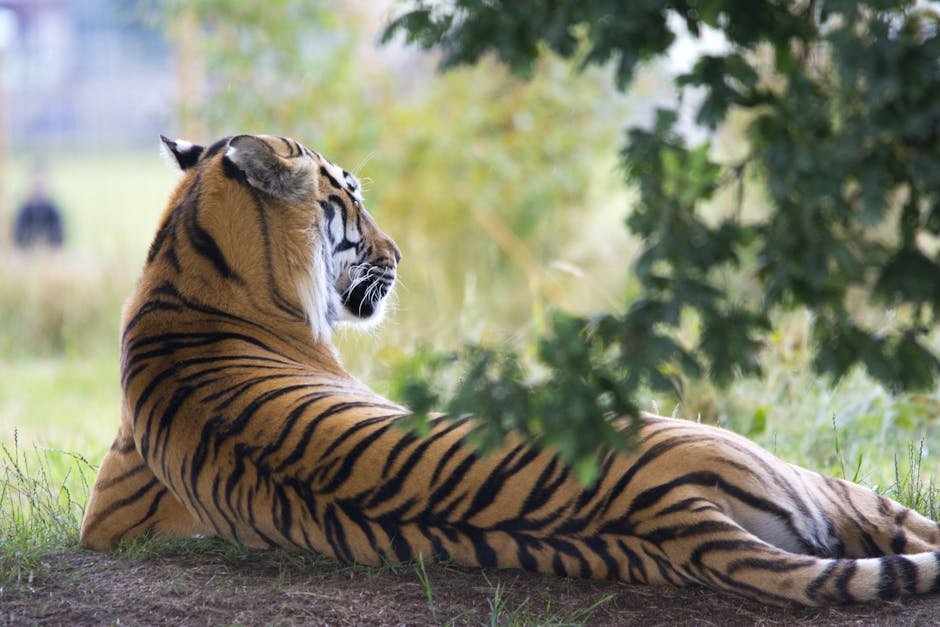
The decline of big cat populations can have significant economic implications for local communities. Wildlife tourism is a major source of income for many regions, and the loss of big cats can lead to decreased tourism revenue. By investing in conservation and promoting sustainable tourism, communities can benefit economically while also protecting their natural heritage.
The Ethical Considerations of Big Cat Conservation

Conservation efforts must balance ethical considerations with the goal of protecting big cats. This includes ensuring that wildlife sanctuaries provide suitable living conditions and that captive breeding programs adhere to ethical standards. It is important to approach conservation with compassion and respect for the animals, recognizing their intrinsic value beyond their ecological roles.
Future Prospects for Big Cats
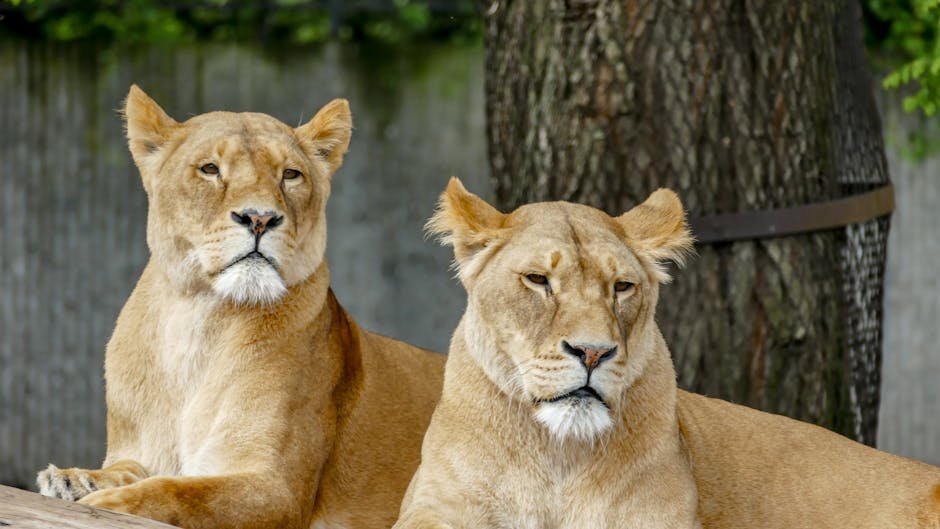
The future of big cats depends on our collective efforts to address the threats they face. By supporting conservation initiatives, raising awareness, and advocating for stronger protections, we can help ensure that big cats continue to roam the wild for generations to come. The journey ahead is challenging, but with determination and collaboration, we can make a difference for these magnificent creatures.
In summary, illegal poaching poses a significant threat to big cat populations worldwide. The decline of these majestic animals has far-reaching consequences, impacting ecosystems, economies, and cultural heritage. Through concerted conservation efforts, technological advancements, and increased public awareness, there is hope for the future of big cats.
Hi, I’m Bola, a passionate writer and creative strategist with a knack for crafting compelling content that educates, inspires, and connects. Over the years, I’ve honed my skills across various writing fields, including content creation, copywriting, online course development, and video scriptwriting.
When I’m not at my desk, you’ll find me exploring new ideas, reading books, or brainstorming creative ways to solve challenges. I believe that words have the power to transform, and I’m here to help you leverage that power for success.
Thanks for stopping by, Keep coming to this website to checkout new articles form me. You’d always love it!






